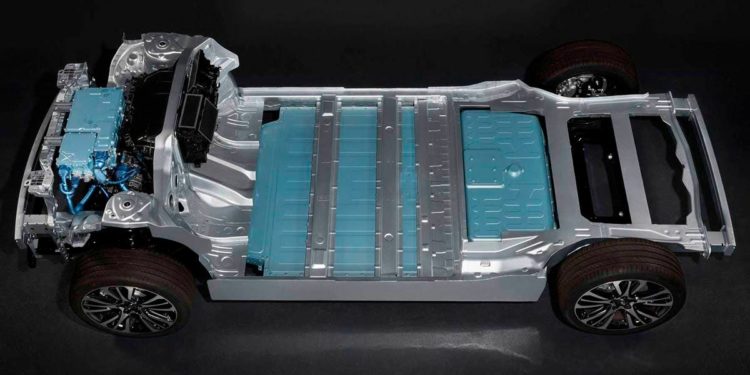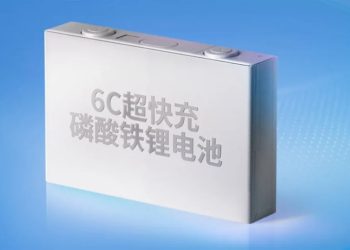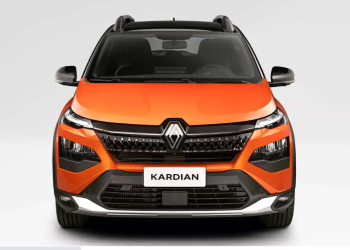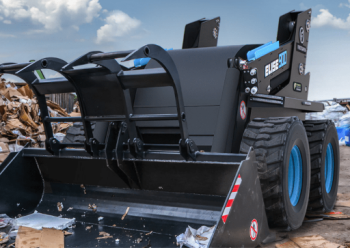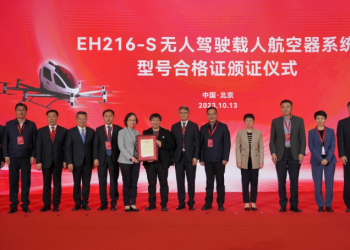In groundbreaking research, a group of scientists in Sweden made a structural battery 10 times better than in any previous experiment.
The structural battery is a kind of energy storage device that can also bear weight as part of a structure.
Researchers from Chalmers University of Technology and the Royal Swedish Institute of Technology (KTH) reveal how their “massless” structural battery works.
The main use case is that of electric cars, where a literally massive number of batteries take up a ton of space and do not contribute to the actual structure of the car.
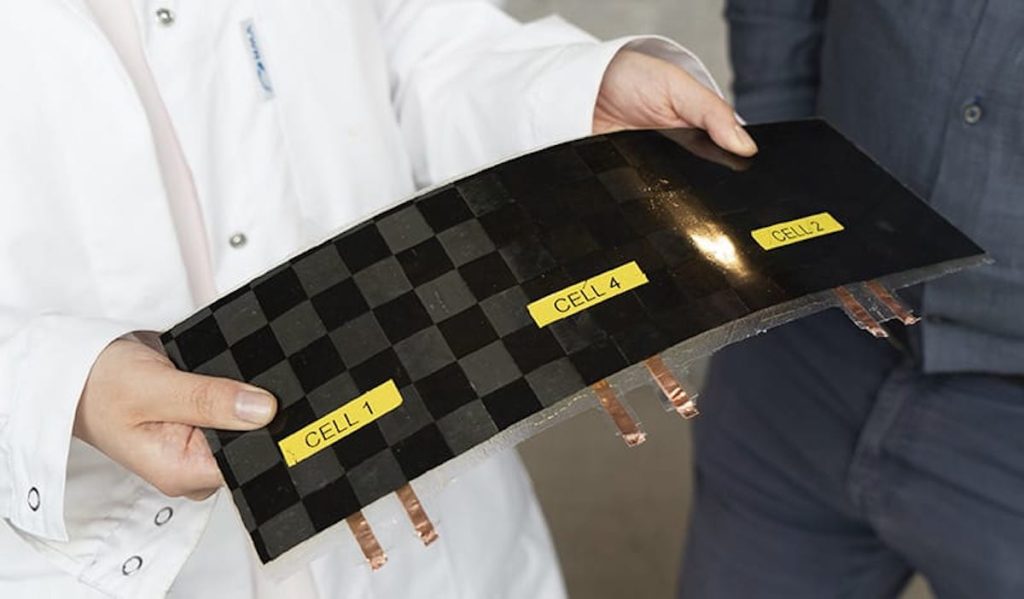
Image: ecoinventos.com
In fact, these vehicles must be specially designed to withstand the mass of the batteries. But what if the chassis of the car could house energy?
“Due to their multi-functionality, the structural compounds in batteries are often referred to as ‘massless energy storage’ and have the potential to revolutionize the future design of electric vehicles and devices,” the researchers explain.
Construction
To make the new structural battery, the scientists placed a buffer glass “cloth” between a positive and negative electrode, then wrapped it in a space-age polymeric electrolyte and dried it in an oven. The result is a strong, flat battery cell that conducts well and withstands tensile tests in all directions.
The combined qualities of the battery make it 10 times better than any previous massless battery, a project scientists have been working on since 2007. “The battery the team came up with has an energy density of 24 Wh/kg, giving it approximately 20 percent of the capacity compared to lithium-ion batteries available today. However, since the battery is a structural component, it reduces weight, which should equate to longer driving distances for electric vehicles.”

Image: ecoinventos.com
The scientists say the next step is to improve performance, replacing the electrode foil with carbon fiber material and thinning the spacer.
This could lead to a battery that produces 75 Wh / kg of energy and 75 GPa of rigidity, which would set more records for massless batteries and also greatly reduce their weight.
In addition to electric cars, the study team mentions electric bicycles, satellites and laptops as technologies that could use massless batteries.
Related content: Hitachi joined forces with HyperloopTT to create a railroad capable of magnetically levitated
One of the most interesting potential uses is in airplanes, which scientists are struggling to turn electric due to the enormous weight of existing battery technology.
Normal airplanes, as well as vertical take-off and landing vehicles, could be turned electric using massless batteries. They could even combine massless structural batteries with solar panels to store what they absorb for later use.
Written by I Jhonattan González



